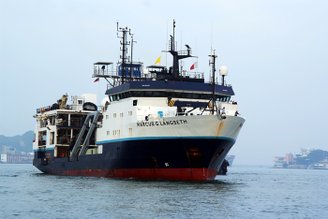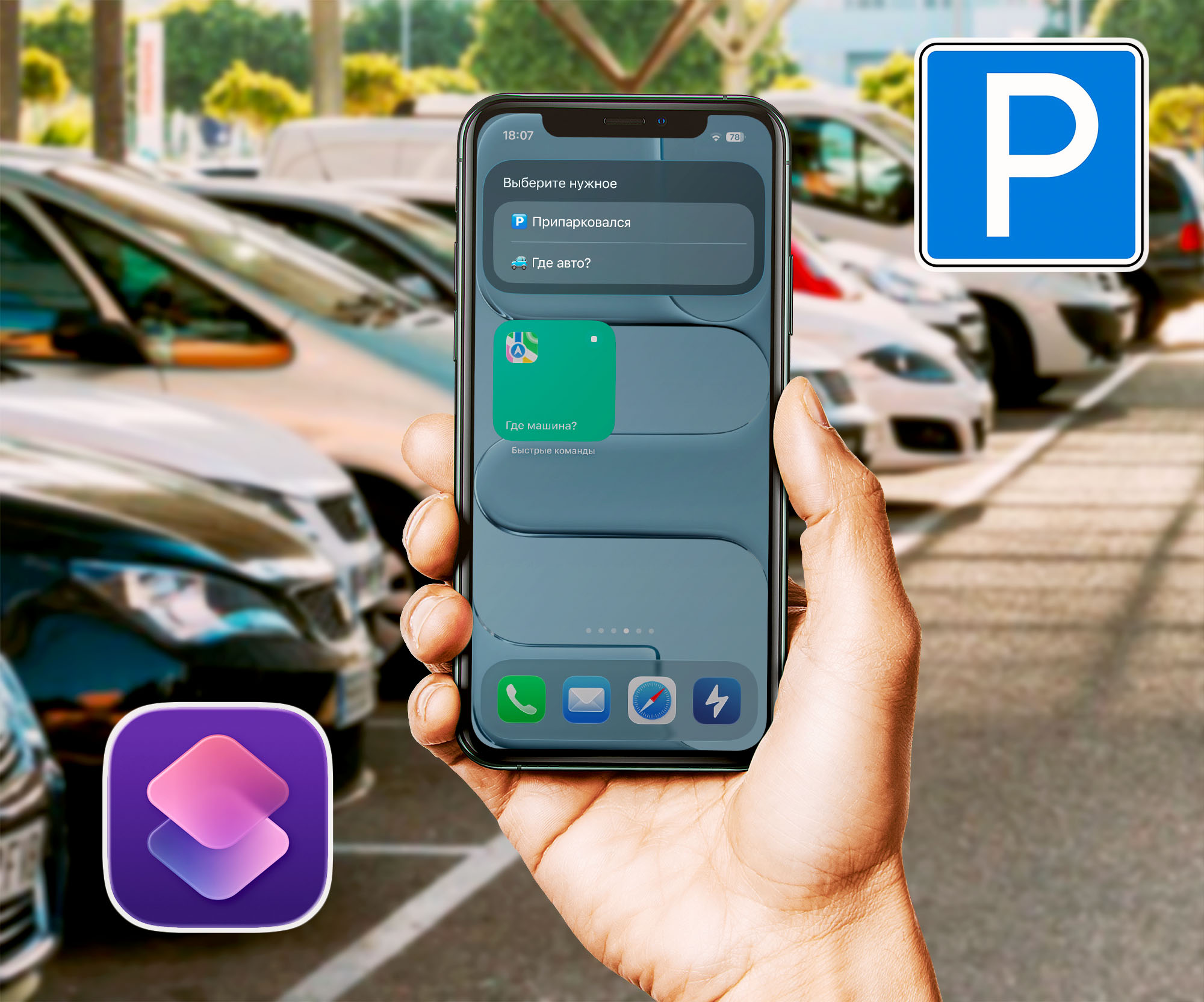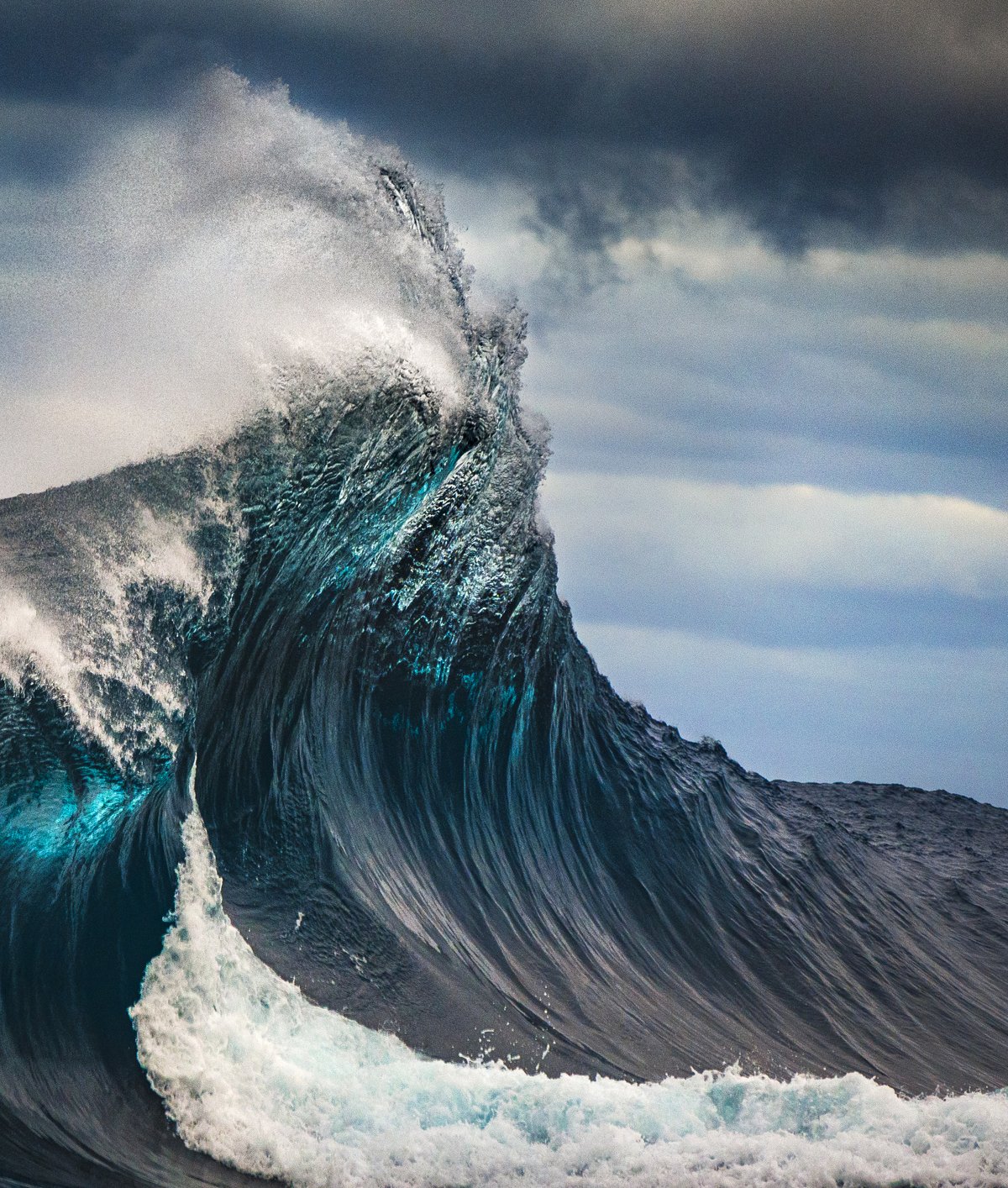A group of scientists working in a 1,130-kilometer wide and dangerous sea area stretching from northern California of the USA to British Columbia of Canada, carried out massive research. This is the first survey of the area called the Cascadia Subduction Zone. One of the largest megadrives in the world.
Megathrust is a technical term used to describe a specific type of geological fault, which is a tectonic plate at the bottom of the Pacific Ocean slowly subducting eastward and inserting itself beneath North America, as in the case of Cascadia. In this movement, the plates eventually lock and create tensions; When released, they produce a shock that can cause the world’s largest earthquakes and tsunamis exceeding 30 meters in height..
The study, published recently in the journal Science Advances, was conducted aboard a research vessel carrying some of the most modern geophysical instruments to investigate the geology of Cascadia’s complex underwater structures. The research included both the geometry of the subducting oceanic plate and the composition of the upper North American plate.
How do scientists try to predict Cascadia earthquakes?
Since it is not possible to predict an earthquake accurately in practice, What scientists do is try to understand the structures and mechanics of underground geology.. The work consists of estimating the probabilities of scenarios and helping authorities create building codes and activate alarm systems in the event of an imminent seismic event.
But “the models currently used by public agencies were based on a limited number of outdated, low-quality data from the 1980s,” study leader Suzanne Carbotte of Columbia University said in a statement. The current study “provides a new framework for assessing earthquake and tsunami risk,” according to marine geophysics. because Cascadia’s geometry is much more complex.
To achieve this, during a 41-day research expedition in 2021, researchers literally went deep into the ocean to perform a process called seismic reflection, in which they emit powerful pulses of sound (passing through rocks). and analyze the time it takes for echoes to return. This information is converted into three-dimensional images, like a giant ultrasound.
Results from the Cascadia subduction zone study

One of the main findings of the research is this: Megathrust isn’t just a single structure, it’s actually split into four sections, each of which is potentially protected from the action of the others. This is because the different sections are separated by buried geological features, including other faults that act as a dampener on Cascadia’s main movement.
In general, the underground topography appears rugged, with the formation of faults and submerged mounds, friction and erosion of the upper plate, limiting the earthquake’s propagation distance. Backwards, Because the Vancouver-Washington section is calmer, it can break suddenly along its entire length, making it the most dangerous section of Cascadia.
Regarding tsunami risks, the topic will be part of an “ongoing study” led by Geological Survey of Canada researcher Kelin Wang, whose team is currently modeling the seafloor east of Vancouver Island. Tsunamis occur when the sea floor slides up or down during an earthquake and giant waves crash onto the surface.
Is there anything you want to ask? Tell us on our social networks and don’t forget to share the article with your friends. If you wish, take the opportunity to understand how Mars increases the circulation of Earth’s oceans every 2.4 million years.
Source: Tec Mundo
I’m Blaine Morgan, an experienced journalist and writer with over 8 years of experience in the tech industry. My expertise lies in writing about technology news and trends, covering everything from cutting-edge gadgets to emerging software developments. I’ve written for several leading publications including Gadget Onus where I am an author.












